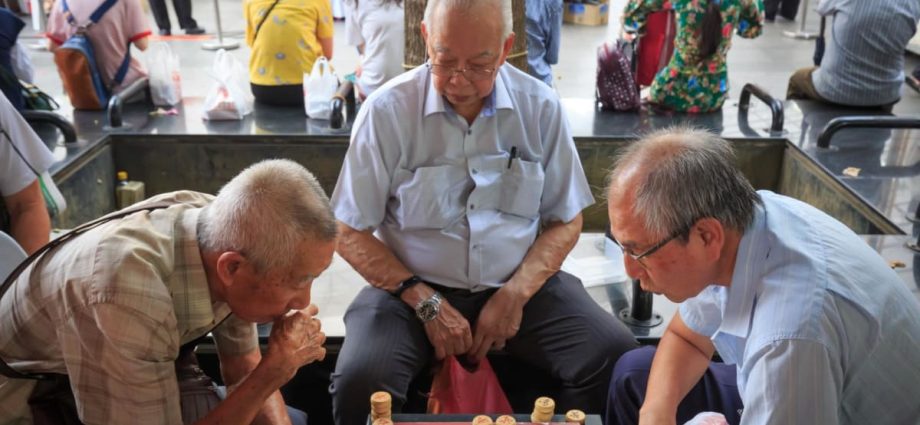
Mr Kyith Ng, founder of financial blog Investment Moats, said people can also use the CPF Investment Scheme to invest their Ordinary Account savings and potentially earn higher returns from lower-risk options like Treasury Bills.
If they have better investment opportunities outside of the CPF system, those who have reached the Full Retirement Sum can also withdraw their money for the time being.
“When they’re closer to 65 or 70 and they need the CPF Life income, they can do cash top-ups into their CPF (Retirement Accounts),” said Mr Ng. “I hope more people can see that kind of flexibility.”
Asked whether he recommends topping up the Retirement Account up to the Enhanced Retirement Sum – which will be raised to four times the basic sum next year – Mr Ng said it depends on a person’s retirement needs.
A member with the Enhanced Retirement Sum can receive around S$3,330 per month. But not everyone will need that amount, he said. In such a case, there’s no real need to put extra funds into the CPF system, he added.
For those who do want to top up their Retirement Accounts, Mr Yeap Ming Feng, head of finance website Seedly, pointed out that they can benefit from a tax relief scheme.
“But do note that these (Retirement Sum Topping-Up) scheme monies are set aside for your retirement needs and can only be used for monthly payouts for life from age 65,” he said.
POLICY RISK?
Mrs Veronique Dawson, a Singaporean homemaker, told CNA that she agreed the Special Account was an anomaly and said she had no issues with the closure of the accounts.
In fact, the money that CPF will save by not paying higher interest rates for Special Accounts could be put to good use, she said.
But the announcement was a reminder that unexpected changes by the government can affect retirement planning.
“I do see that CPF can have a policy risk. I’m 46 now (and) anything can change from now till I reach 65. The amount might change, so many other things might change,” she said.
“To mitigate policy risk, it’s good to disperse our funds in different avenues, which is what I do.”
Mr Loo of the 1M65 movement echoed that sentiment.
“This change brings about the awareness of this thing called policy risk, where people will start to wonder whether they can trust the CPF Board,” he said. “There’s a lot of trust that needs to be restored.”
He said that when Finance Minister Lawrence Wong made the announcement last week, around 10,000 “mostly negative” messages were sent on the 1M65 Telegram chat, which has more than 30,000 members.
For Mr Loo, he estimates that he will lose S$100,000 in interest earnings from the closure of the Special Account.
But Mr Ng of Investment Moats said the CPF has characteristics that make it a stable way to prepare for retirement. Many who try to invest in riskier assets find that it is difficult to beat the returns that CPF offers.
As for policy risk, that also exists for private investment funds.
“If they find something unsustainable, they will change it,” he said.
Similarly, the government may find that the existing system will not work out well in future and may tweak it to make it better in the long run, said Mr Ng.

